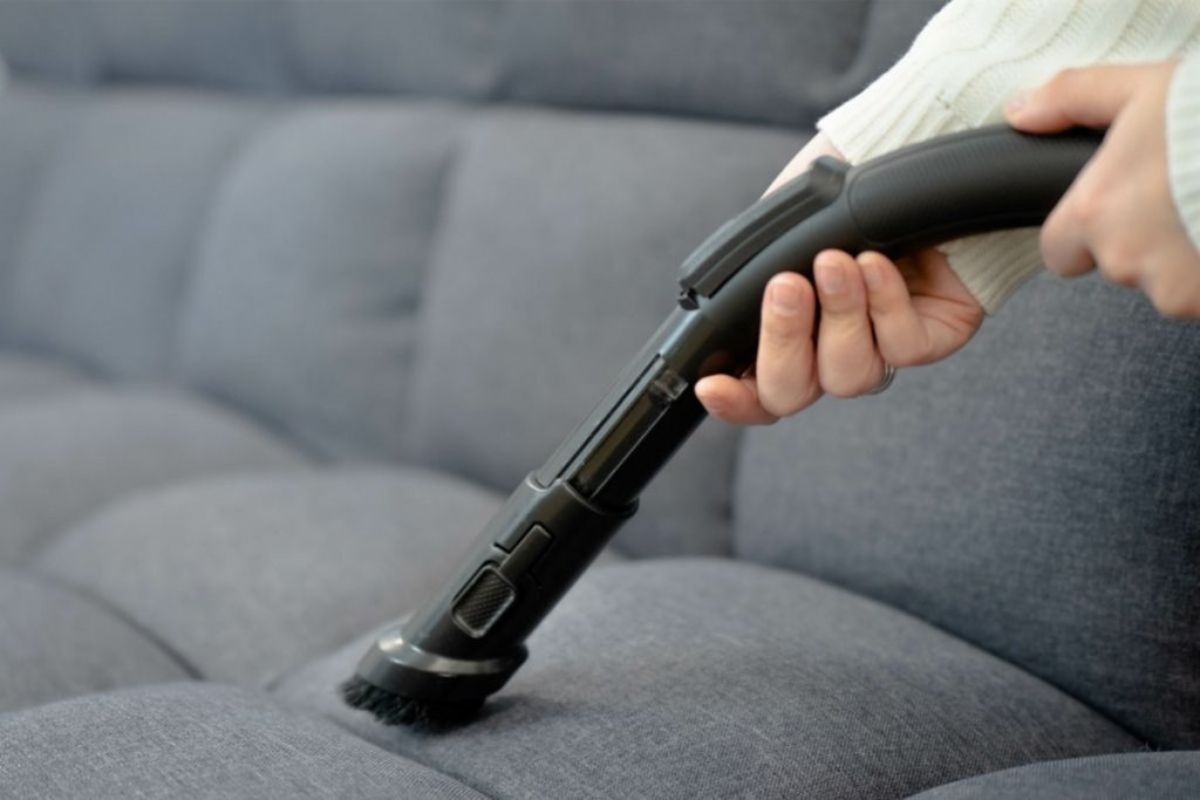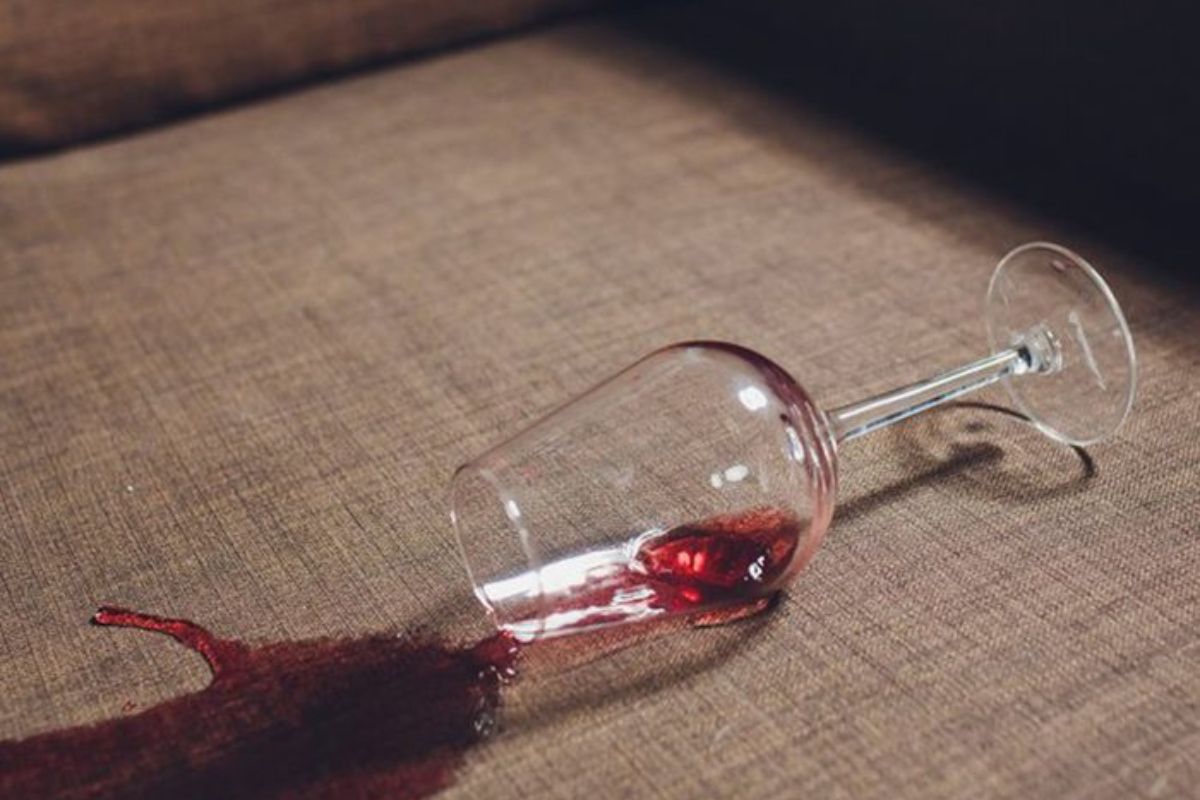Care Guide: Fabric & Velvet Sofas
Cleaning You Sofa
To ensure that your sofa is always in tip-top condition, it’s best to clean it regularly. This is because the fibres in your upholstery tend to collect dirt particles and keep them hidden below the surface level.
Here are a few easy steps that you should regularly follow to make sure your sofa remains dust and dirt free. To keep it looking spotless, we recommend that you clean your upholstery every fortnight to keep it looking spotless.
1 - Vacuum your sofa's upholstery to draw out any loose dust and dirt that may have embedded itself both under and above the surface. To do this use the soft brush attachment and gentle movements to avoid scratching or marking the material. This is especially important for delicate fabrics like velvet.

2 - When you are giving your sofa a quick clean, we advise that you take care of any grime or light marks with a damp cloth. However, once or twice every month, you should use a fabric-friendly cleaning product to perform a much deeper cleanse. You should always ensure that you try any product out on an inconspicuous section of your sofa first, just to check that it won't have an adverse effect on your sofa.
It is important to note that dye from none colour-fasting clothing garments can transfer onto fabric and velvet sofas and is usually more noticeable on those lighter colours such as whites, creams and ivory. We recommend that you check the labels on your clothing and garments for further information.
Velvet Sofas

The majority of fabric upholstery only requires a regular cleaning regime, but because velvet has a reputation for being a little fussy and it requires an extra step to keep it looking and feeling great. To preserve the material's natural sheen, we recommend that you go over it with a clothes brush or specialist velvet brush, as this will help it develop an antiqued 'crushed' appearance that will only improve with age. The best time to do this is immediately after vacuuming or when your sofa is dry after deep cleaning it.
Sunlight and Heat Damage
When your upholstery (fabric or velvet) is left out in the sun, it can fade, bleach and lose some of its natural qualities. In addition, heat from radiators, pipes, and fireplaces can cause the material to become dried out and warped. This should be taken into account when you are looking for the best spot for your sofa, as somewhere without too much sunlight and away from heat sources will cause the least amount of damage. If this is not possible then using a throw or blanket to cover the areas of the sofa in the sunlight will add a layer of protection.
Plumping the Cushions
With regular use you may find that your sofa cushions start to compress and flatten slightly, this is completely normal and often occurs in those sofas with a softer seat interior. Alongside a regular cleaning regime, it's important to service your sofa cushions so they keep their shape and provide the optimal level of comfort and support. All you need to do is plump your seat, arm and back cushions after each long period of use, perhaps at the end of each day.
This is an essential task if your sofa has seat cushions made from feathers, fibres or a combination of both, as they do not have the same resilience as foam and won't return to their original form.

While you are plumping your cushions, don't pass up on the opportunity to do the same to your scatter cushions or throws so they retain their shape too.
Cleaning Spills and Stains
Unfortunately, even if you are the most careful person in the world, there is a good chance that your sofa will eventually fall victim to a nasty accident. The golden rule to keep in mind when this happens is to react quickly; a fast turnaround can be the difference between a quick mop-up and a stain getting its claws into your lovely upholstery.

Your first priority should be removing as much liquid as possible before it has the chance to soak into the fibres of the fabric, which will minimise the chances of a stain forming. To do so, grab some kitchen roll or a dry cloth and begin to blot up the surface liquid. Then, use a fresh, damp cloth to dab at any marks that have appeared. If you’re quick, you can often avoid a stain altogether or at the very least reduce any surface blemishes.
It is important to remember that different fabrics react in different ways, for example, those upholstered in an Aquaclean fabric can easily be cleaned using only water - you can find out more about this by reading our Aquaclean Blog Post. If you are still unsure how to get a stain out, then we recommend that you contact an upholstery expert for their advice.
Summing It Up
- Regularly plum and turn (where possible) your seat cushions.
- Vacuum your sofa using the soft brush attachment.
- Where possible keep your sofa out of direct sunlight and heat or by using a throw.
- Deal with spillages as quickly as possible.
- For tough stains consult an upholstery expert.
If you require any more care advice then give our team a call on 01782 719101 or email them at info@pattensfurniture.co.uk.
Patterns Furniture helps to bring affordable style to your home - Don't forget to keep up to date with all the news and happenings by following us on social media!


